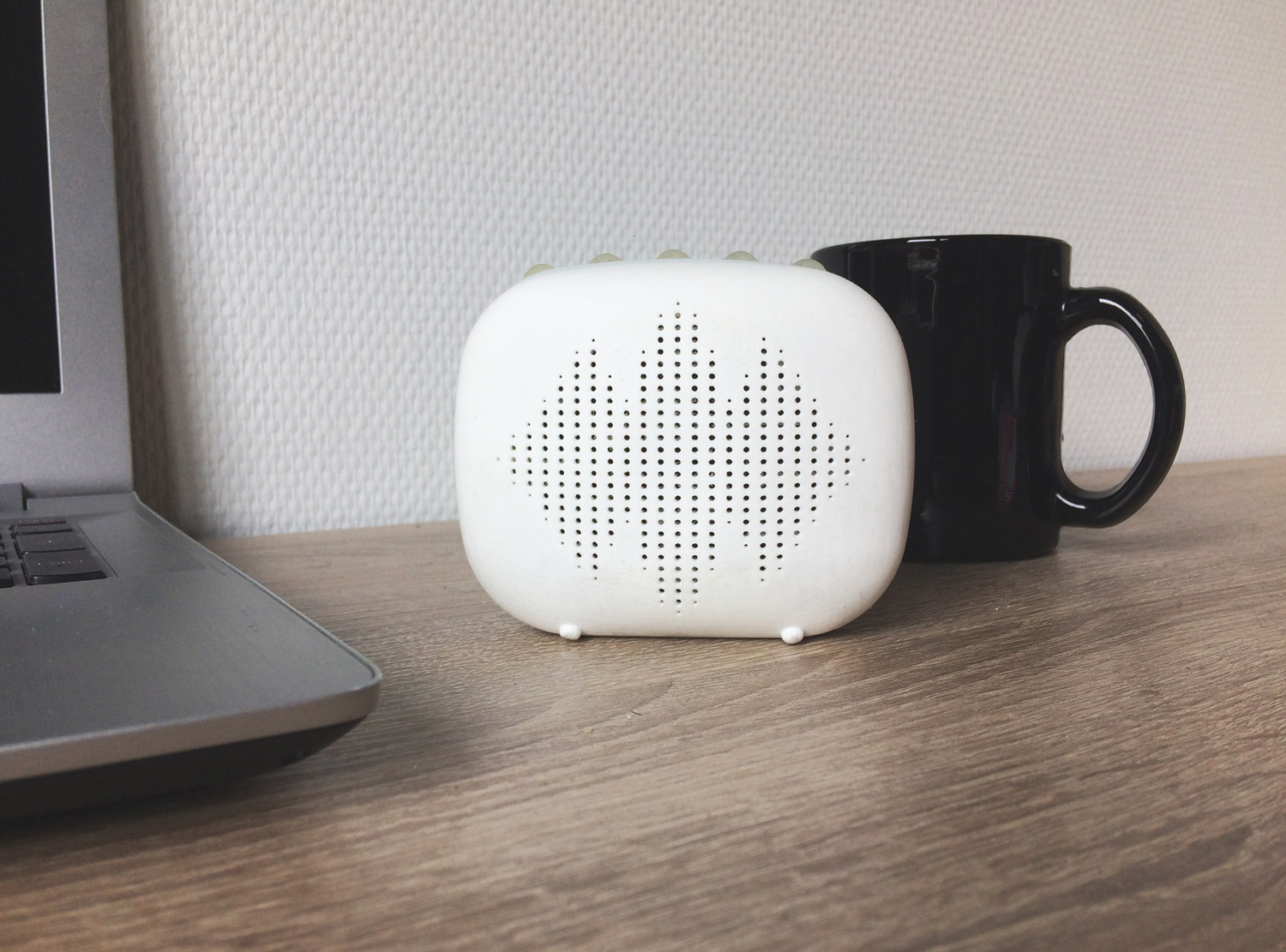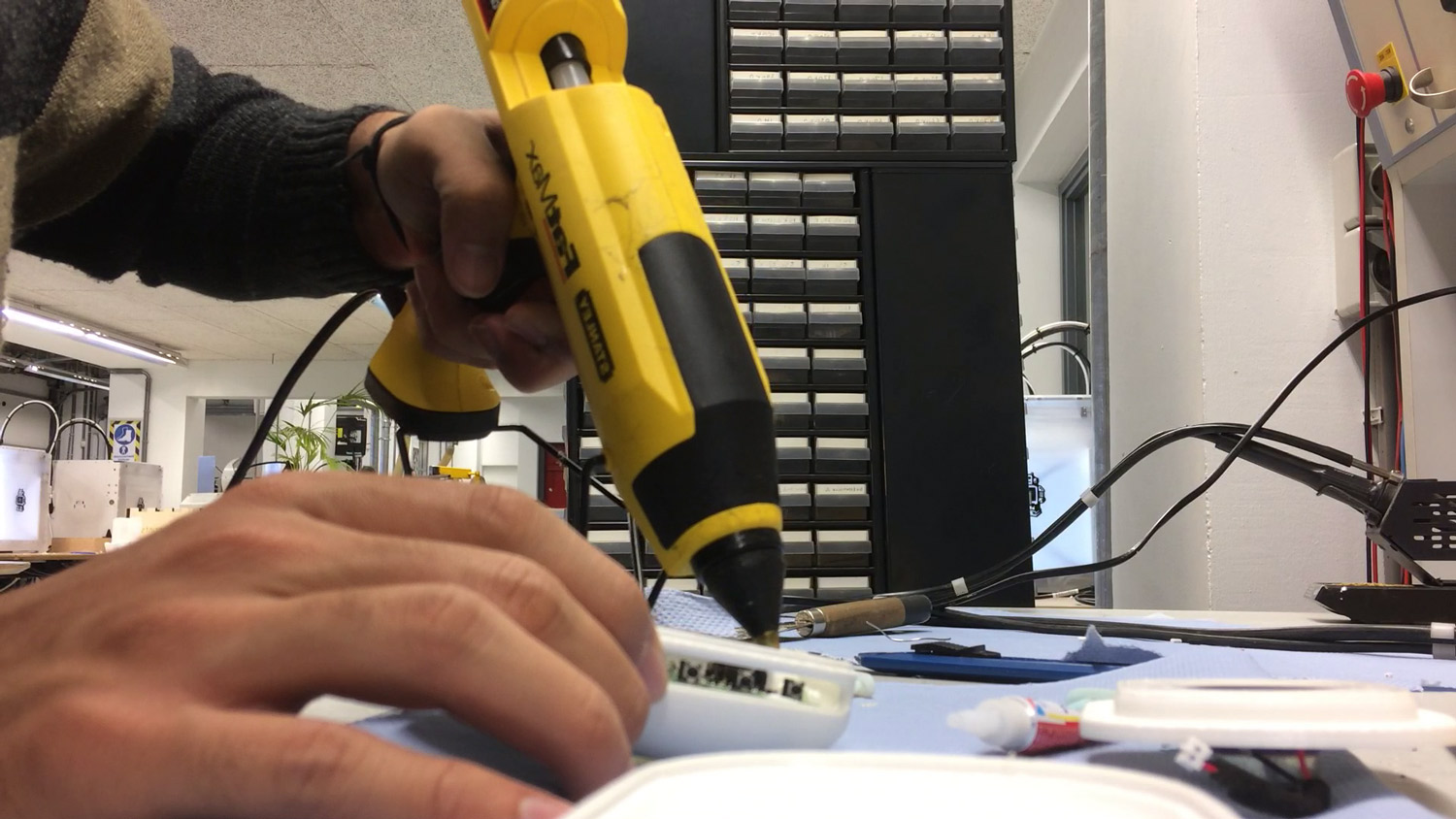
Bump - Rapid Prototype Speaker
When my old JBL Go bluetooth speaker stopped working, I decided to repair it and also improve its audio performance by redesigning it. Using free-form CAD modelling and rapid prototyping techniques, I designed a speaker with 3d printable rigid body, compliant buttons and passive radiator.
Since the speaker body was based around the electronics and the speaker cone, I adopted a 'forms follows function' approach to create an elegant form for the speaker. To get some aesthetic inspiration for the form I created a moodboard.
CAD Modelling
Quality of sound from the speaker depends upon the correct relation between speaker cone size and speaker box volume. This was as important consideration while designing the body of the speaker. It was important for me to create a speaker which would be aesthetically pleasing but also provides good sound quality.
While researching speakers I came across the passive radiator construction which helps improve speaker sound quality by allowing volume change, thus I decided to add it to my speaker design.
I used Rhinoceros to create the speaker body shell, buttons and passive radiator because they had free-form and organic shapes which are more suitable to model with a nurbs modelling software.
I used Solidworks to detail individual parts of the speaker as per required dimensions. The electronics fitment and part interlocking tolerances were modelled considering the shrinkage allowance of different rapid prototyping methods.
Prototyping
The rigid components were 3d printed using FDM Ultimakers while the parts with rigid-flexible combination like the buttons and the passive radiator were polyjet 3d printed using Object Connex.
Once the speaker body was printed, the electronic components were assembled inside and the speaker box was sealed.













